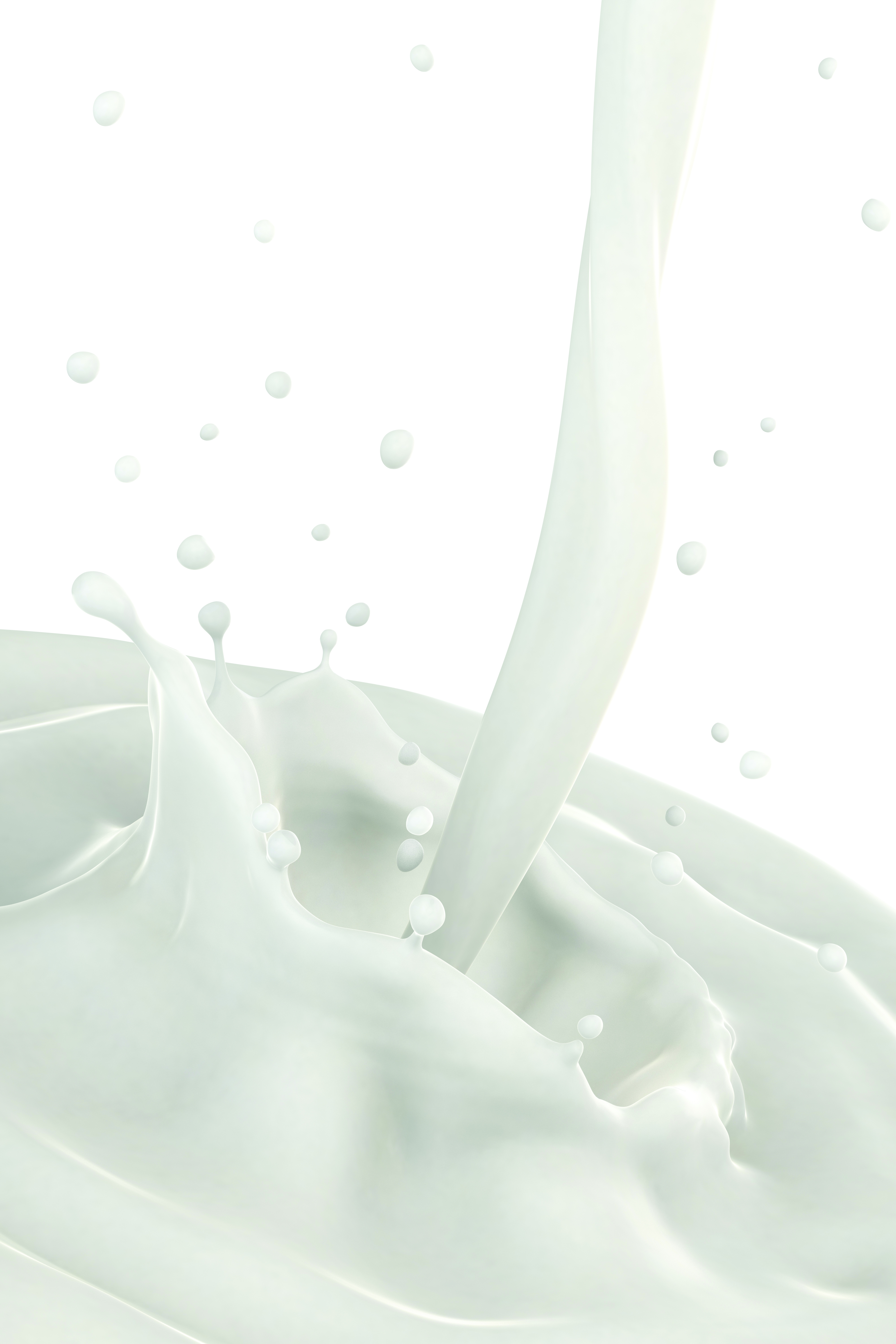_________________________
WITH THE OLYMPICS streaming out of the television every waking hour it’s hard not to feel the slightest bit of guilt about how inactive we are. Gym memberships might spike as a result but the health drive has been weighing on our minds for a while and its gathering momentum has started to impact on the drinks industry at the highest tier.
Cigarette packets have displayed health warnings for a while, so arguably it was only a matter of time before booze succumbed to pressure to do the same. Diageo has become the first global brand owner to start providing per-serving alcohol content on its packs, in June. By the end of the year 30 million bottles of Johnnie Walker Red Label will display this information to meet the increasing demand for such information, the company says.
Updates to Johnnie Walker Black Label, Double Black, Gold Label Reserve, Platinum and Green Label are also planned for the first half of 2017.
“For some adults, alcoholic beverages make up none or a negligible percentage of their dietary intake,” says Kiri Elliott, registered dietician and British Dietetic Association media spokesperson. “However, for those who drink alcoholic beverages more regularly – or indeed binge drink – access to nutritional information is important in empowering the consumer to be aware of the calorie content in their drinks and to make better choices for their health and wellbeing.
“To date, lack of readily available nutritional information on alcoholic beverages could cause a hindrance to those trying to choose healthy options.”
Diageo’s Baileys is, for some, the entire cream liqueurs global sector so all eyes are on the company to see whether it will slap a nutritional label on its highly calorific cream product. It’s thought not, for now at least.
Elliott says: “The main ingredients in cream liqueurs – a spirit and dairy cream – are both high in calories. The alcohol in the spirit contains 7kcals per gram and the fat in the cream contains 9kcal/gram. These are the highest calorie macronutrients you can get. There is no doubt some sugar is thrown into the mix too. Often a cream liqueur is purchased in 5cl measures and this would contain in the region of 160kcals.”
For every health-conscious argument there is the indulgence aspect and the general consensus is that it comes down to moderation. For producers operating in this sphere this undoubtedly poses a problem.
“As most cream liqueurs are dairy-based, sweet and, of course, contain alcohol, naturally some consumers can be wary,” says Adam Murphy, Kerrygold Irish Cream Liqueur marketing director. “However, like items such as chocolate and ice-cream, liqueurs are viewed as a treat or an indulgence. I believe we will see more consumers wanting to make the most of this occasion need by moving towards products that offer quality over quantity and give them real indulgence.”



